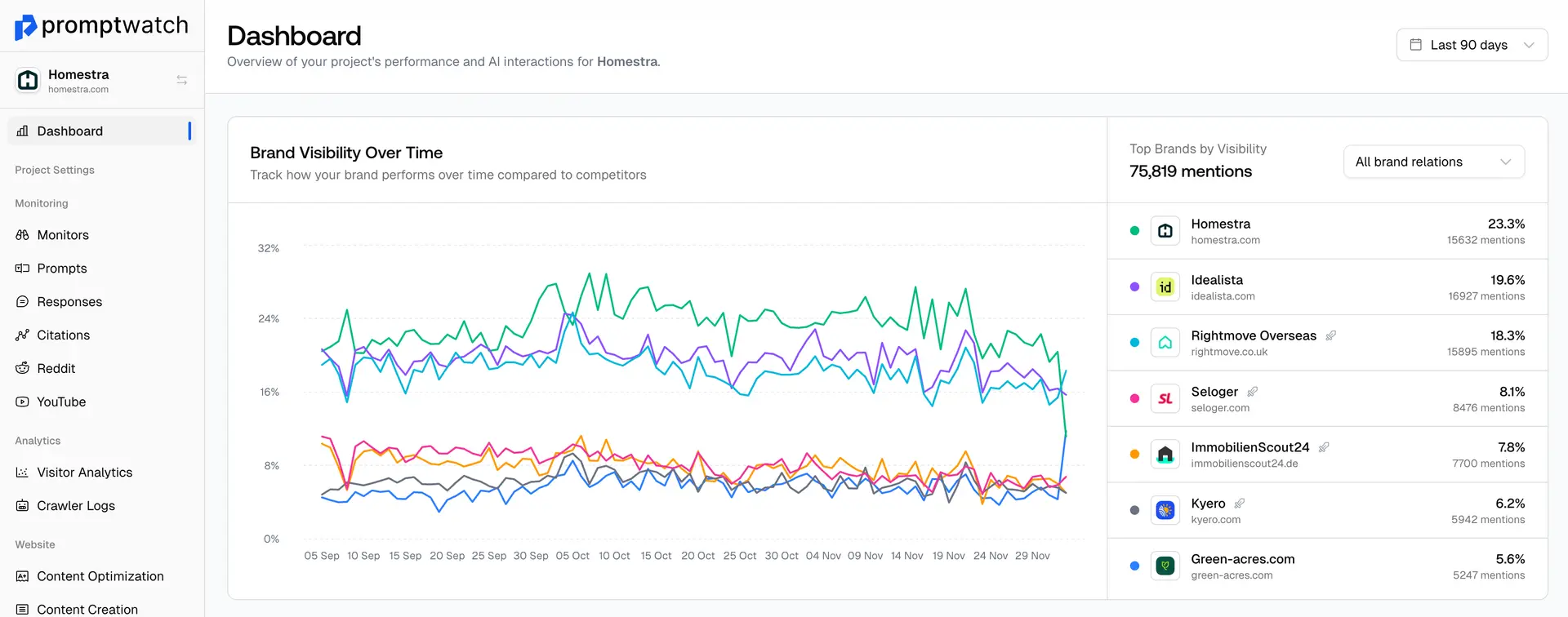Definition
Content Gap Analysis is a strategic process of identifying missing or underperforming content opportunities by systematically analyzing competitor coverage, search demand, user intent, and existing content performance. This analysis helps businesses discover topics, keywords, and content types that could improve their search visibility and audience engagement.
Traditional content gap analysis focuses on identifying keywords and topics where competitors rank but you don't, or where search volume exists but content coverage is insufficient. In the AI era, content gap analysis must also consider topics where AI systems frequently provide answers but lack authoritative sources to cite, creating opportunities for GEO optimization.
The process involves competitor content auditing to identify their top-performing topics, keyword research to find uncovered search opportunities, user intent analysis to understand information needs, content performance review to identify underperforming areas, AI response analysis to find citation opportunities, and topic cluster mapping to identify comprehensive coverage gaps.
For GEO strategies, content gap analysis includes identifying topics where AI systems struggle to find authoritative sources, analyzing competitor presence in AI responses, discovering opportunities for thought leadership content, finding gaps in comprehensive topic coverage, and identifying formats that work well for AI citation.
Content gap analysis tools and methods include SEO tools like SEMrush, Ahrefs, and Google Search Console for traditional gap analysis, AI response monitoring to identify citation opportunities, competitor analysis across multiple AI platforms, user research and feedback analysis, and social media listening for emerging topics and questions.
The goal is to create a strategic content roadmap that addresses both traditional search opportunities and AI optimization potential, ensuring comprehensive coverage that serves both human users and AI systems looking for authoritative sources to cite.
Examples of Content Gap Analysis
- A SaaS company discovering that competitors rank for 'workflow automation' topics they haven't covered, creating content to fill those gaps
- An e-commerce brand identifying product comparison content gaps where AI systems lack authoritative sources to cite
- A consulting firm finding opportunities in emerging industry topics where neither competitors nor AI systems have comprehensive coverage
